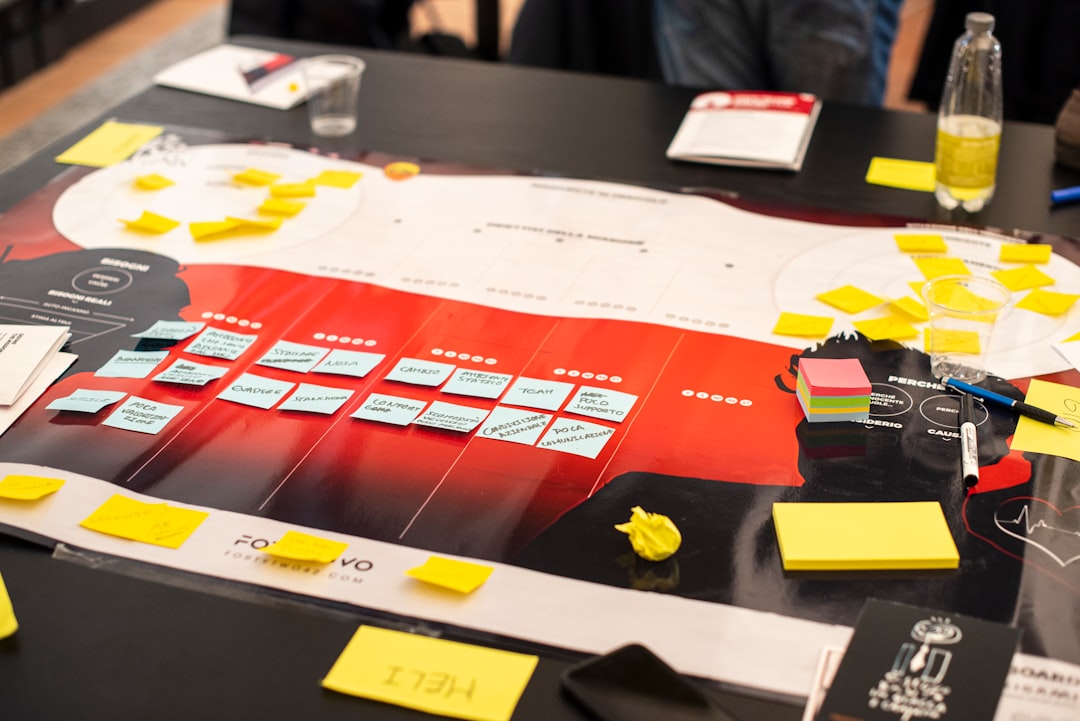No-Code Builders for Real Products: Limits and Leaps
No-code builders are revolutionizing the way individuals and businesses create digital products. Once limited to developers with specialized skills, product development is now accessible to entrepreneurs, designers, and even hobbyists without formal coding knowledge. This democratization of tech has sparked an unprecedented wave of innovation and lowered barriers to entry, empowering people to bring their ideas to life more quickly and affordably than ever before.
But while no-code platforms unlock new possibilities, they are not without constraints. Understanding the limits and potential leaps of these tools is essential for users to make informed decisions about when, where, and how to use them effectively.
The Rise of No-Code Development
Table of Contents
No-code platforms such as Webflow, Adalo, Bubble, Wix, and Glide have exploded in popularity over the past few years. They offer intuitive drag-and-drop interfaces, robust integrations, and pre-built components that allow users to build websites, mobile apps, e-commerce stores, and more — all without writing a single line of code.
These tools are not just for personal blogs or MVPs (minimum viable products). Many businesses now use no-code builders to run core operations, including customer relationship management systems, data dashboards, and internal tools.

What makes this movement even more compelling is the rise of the “no-code community” — a vibrant, global ecosystem of makers, freelancers, startups, and educators who share resources, templates, and automation workflows. This has driven innovation and accelerated the adoption of no-code tools across industries.
Key Leaps of No-Code Platforms
There are several transformative benefits of no-code builders that are shaping the modern product development landscape:
- Speed: Launching a product no longer takes months. MVPs can be built and tested in days, greatly reducing time to market.
- Cost Efficiency: Without the need to hire a team of developers, projects can be completed at a fraction of the traditional cost.
- Accessibility: People with zero programming background can now participate directly in product creation, allowing for a more diverse set of innovators.
- Testing and Iteration: Rapid prototyping allows users to test assumptions and make modifications in real-time, reducing startup risk and improving product-market fit.
- Integration: Most platforms support third-party plugins and APIs, enabling users to extend functionality beyond the base toolset.
With these capabilities, non-technical founders are becoming makers, side hustlers are launching new digital services, and small businesses are automating their operations without the help of full-stack developers.
Understanding the Limits of No-Code
No-code tools, for all their convenience, do come with limitations. These constraints become particularly visible when transitioning from prototype to scalable product. Here are some common challenges:
- Scalability: Many platforms are ideal for small to mid-sized projects, but may falter under high user load or complex backend processing.
- Customization: Advanced features, custom interactions, or niche UI logic often require manual coding, which defeats the “no-code” premise.
- Vendor Lock-In: Users may be locked into a single platform’s ecosystem, making migration or expansion difficult without serious refactoring.
- Security and Compliance: Businesses handling sensitive data or operating under strict regulations (e.g., HIPAA, GDPR) must carefully review whether no-code tools meet compliance standards.
- Performance: Apps built with no-code are sometimes slower or less efficient due to the abstraction layers added by these platforms.
When to Use No-Code — And When Not To
No-code is ideal for validating ideas, creating simple digital solutions, and automating workflows. It’s best suited for:
- Landing pages or product microsites
- Internal tools and dashboards
- Marketplaces or directories
- Subscription or membership-based platforms
- Prototyping new functions or features
However, if a product requires deep integration with hardware, advanced algorithms, high-end customization, or real-time data processing — traditional development or low-code inclusion may be more appropriate.

Companies often adopt a hybrid model, blending no-code front ends with coded back ends, or migrating from no-code to full-code once the startup matures.
Evolution: From Tools to Platforms
The no-code boom is more than a trend — it’s a paradigm shift. Industry leaders are evolving their offerings to meet the demand for more robust features while preserving accessibility. Tools like Bubble now support logic conditions and database structures that rival traditional CMS capabilities. Webflow has introduced logic-driven components, and platforms like Xano are bringing visual backend development into the mainstream.
Moreover, artificial intelligence is beginning to integrate into no-code development. AI-driven assistants can now build full layouts or write automation scripts based on a simple prompt, pushing the practical limits of what non-engineers can do even further.
Education is also catching up. Universities and coding bootcamps now offer modules on no-code development, and a new niche of “no-code consultants” has emerged to guide enterprise-level projects using these tools effectively.
The Future of No-Code: Limitless or Limited?
While no-code platforms have already extended far beyond initial expectations, they are not likely to replace traditional development entirely. Instead, they’re becoming a powerful option within a broader software development ecosystem. As AI advances, hardware integration becomes more standardized, and platforms become more extensible, the boundary between “no code” and “full code” may continue to blur.
Ultimately, the leap forward lies in knowing the right tool for the job. When used thoughtfully, no-code platforms are not only powerful enablers but also critical accelerators of innovation in the digital age.
Frequently Asked Questions
-
Q: Can I build a mobile app using no-code tools?
A: Yes. Platforms like Adalo, Glide, and Thunkable allow users to build native or progressive web apps with no code. -
Q: Are no-code platforms secure enough for real businesses?
A: Security varies by platform. Small businesses can safely use many no-code tools, but for sensitive data or regulated industries, it’s essential to evaluate the platform’s compliance measures. -
Q: How scalable are products made with no-code?
A: They are scalable to a point. Small to mid-sized applications work well, but high traffic, data-heavy or performance-critical applications may require traditional development. -
Q: Can no-code and traditional development be used together?
A: Absolutely. Many companies mix no-code for UI or admin dashboards with custom-coded backends or APIs to achieve balance and flexibility. -
Q: Will learning to code still be necessary in the future?
A: Learning to code remains valuable. No-code opens doors, but customizations, scalability, and debugging often still require programming skills.







